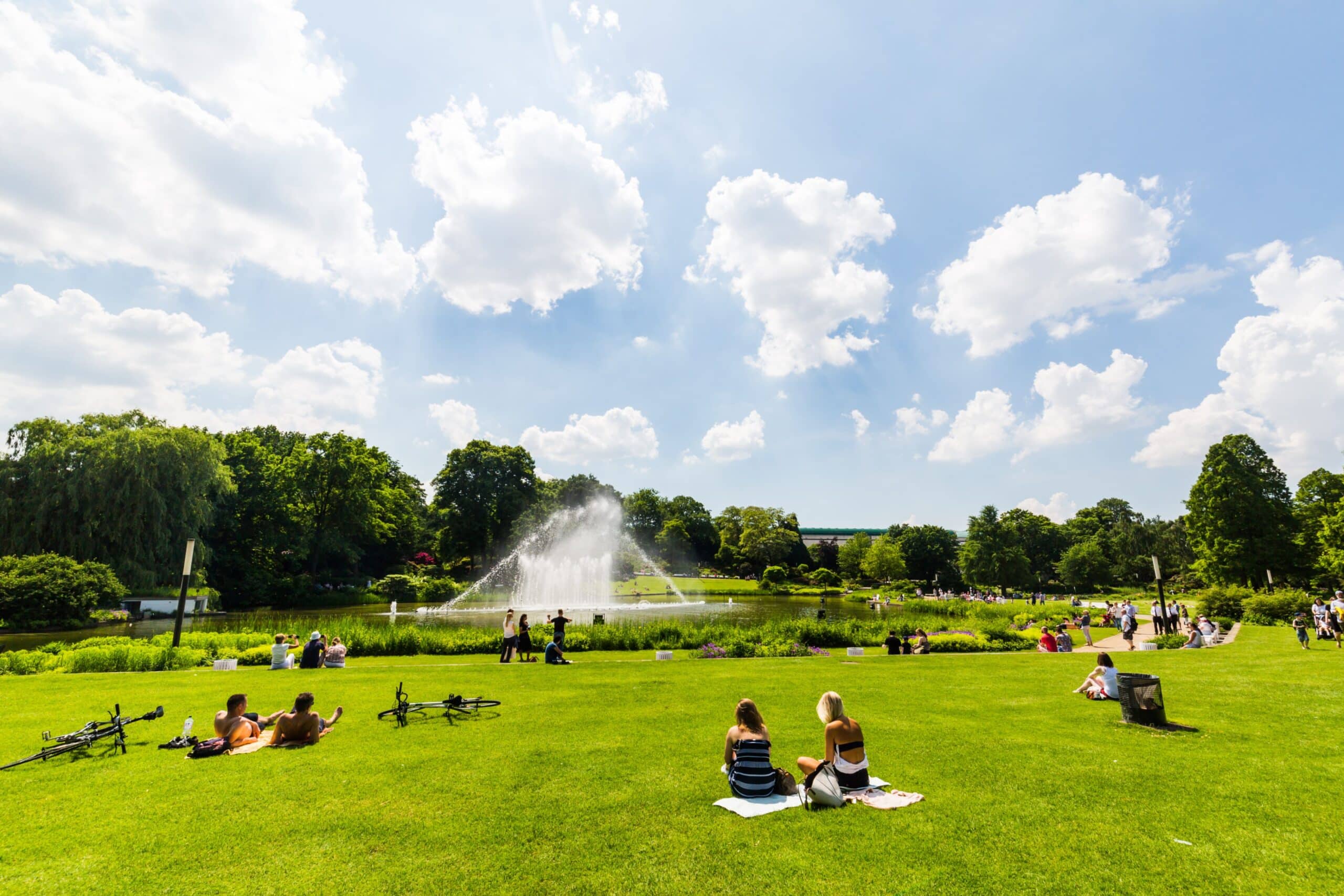The findings of the study showed that full adherence to the 3-30-300 green space rule was clearly associated with better mental health, less medication use and fewer visits to a psychologist, although the association was statistically significant only for the latter. Residential surrounding greenness, but not visibility of trees from windows or access to a major green space, was significantly associated with better mental health.
The findings indicate that only 4.7% of the surveyed population met all three criteria of the green space rule. Just over 43% of respondents had at least three trees within 15 metres of their home, 62.1% had a major green space within 300 metres and 8.7% lived in an area with sufficient surrounding greenness. However, nearly 22.4% had none of these elements.
This cross-sectional study was based on a sample of 3,145 Barcelona inhabitants aged 15-97 years who participated in the Barcelona Health Survey 2016 -made by The Barcelona Public Health Agency- and were recruited randomly. Mental health status was assessed with the 12-item General Health Questionnaire (GHQ-12). Eighteen percent of participants reported poor mental health and 8.3% reported having visited a psychologist in the previous year. In addition, 9.4% reported using tranquillisers or sedatives and 8.1% reported having used antidepressants in the previous two days.
“The study found that there is relatively little green space in Barcelona and that the 3-30-300 rule is satisfied only for a small percentage of people, despite its beneficial mental health effects,” explained Mark Nieuwenhuijsen, Director of the Urban Planning, Environment and Health Initiative at ISGlobal and lead author of the study.
“There is an urgent need to provide citizens with more green space. We may need to tear out asphalt and plant more trees, which would not only improve health, but also reduce heat island effects and contribute to carbon capture,” pointed out Nieuwenhuijsen. “Any initiative that leads to a greener city will be a step forward, the key message is that we need more and faster greening,” added the lead author of the study.
According to the research team, similar studies should be carried out in cities with more tree cover than Barcelona, since the lack of green space, especially sufficient tree cover, limits the ability to assess the 30% aspect of the 3-30-300 rule. “The question is to what extent 30% tree canopy cover is feasible, especially in compact cities,” the researchers concluded.




